
IND’s tour of BBS’ head facility!
Many of you have already seen this year’s IND trip to Germany, found in this thread:
http://www.m3post.com/forums/showthread.php?t=914945
Today we are proud to release an appendix to that story. This portion of our tour could not be published with the rest of the story, as this facility contains machinery and equipment so secret that every single photo had to be reviewed prior to this writing. I present to M3Post a truly rare treat- a tour of the original BBS manufacturing facility.


The BBS Shiltach facility is a true piece of history; even the company’s name is a combination of its two founders and their home town – Baumgartner, Brand, and the city of Schiltach. What started as a humble facility responsible for manufacturing plastic exterior components grew quickly into a company that literally invented the racing wheel as we know it today. This facility has expanded over the years, to the point where the adjacent river had to be moved to accommodate the growth. Although BBS has additional manufacturing facilities in Germany, the Schiltach facility is where it all began. It is proof that two people with a commitment to being the best and a belief in their mission can truly accomplish anything.





Of course, the first things we saw on display at BBS were wheels. Our eyes darted from one display wheel to another, as BBS exhibited everything from the classic BBS RS, to a CH in an incredible gold finish, to BBS Formula 1 wheels.



BBS wheel manufacturing begins at a point that few other wheel companies ever see- directly at the raw material stage. Where most manufacturers purchase pre-“forged” blanks from manufacturers in China, Taiwan, and other facilities, BBS goes much further. BBS does not even use pre-mixed aluminum alloy, but rather imports each individual element, and creates a unique alloy proprietary to BBS. This is the only way to maintain the standard of quality BBS requires. The large stacks of material in the first photo are raw aluminum, while the piece held in the last photo of this sequence is a block of raw magnesium. BBS purchases Silicon, Iron, Copper, Magnesium, Manganese, Chromium, Zinc, and other raw materials to create their proprietary alloys.

One can feel the heat radiating from BBS’ furnaces as you approach, and I personally was left with a feeling of awe at the true industrial manufacturing power that BBS held at its fingertips.



After the materials are combined to form an alloy, extensive testing is conducted to ensure that the alloy is absolutely pure and contains the appropriate mixture of elements for the desired metallurgical properties. In the last photo of this set, a sample is being prepared for a mass spectrometer to analyze the contents of the sample.

The completed alloy travels to one of these machines, where it undergoes a high pressure casting process that ensures an excellent material density, lower porosity, and better grain structure alignment than standard low pressure cast wheels.

This photo is of a casting tool made for a very famous BBS wheel- the classic BBS CH. I’m sure most of you can recognize the CH spoke shape, even when it’s viewed as a negative.



Once a wheel comes out of casting the remaining casting flash is removed and the wheel is x rayed for excessive porosity and poor material density. The x ray’s initial review is judged by machine which substantially increases the precision and sensitivity with which a wheel can be reviewed, but if a flaw is found the machine operator is alerted and each potential flaw is reviewed by a person. To maintain the highest level of quality the x ray operator shifts are only four hours long, which preserves the operator’s focus and attention to detail.

After the wheels are approved they move through a series of additional processes which we unfortunately can’t show in detail. The wheels are de-burred and cleaned, and then move to flow forming. A careful look at the wheel barrels in the photos above will reveal that the barrels are quite narrow in width, and very thick in wall thickness. This is because after the wheel is through its high pressure casting process, the barrel section goes through flow forming. During flow forming two die draw the barrel downwards and literally force the metal into its finished width. Flow forming uses extreme pressure to form the barrel, which results in an excellent density and much better grain alignment than even a standard high pressure casting, resulting in an incredibly strong wheel that can be sold for a very reasonable price.
Finally, BBS wheels are heat treated and annealed, an extra step not taken by many manufacturers, which normalizes the grain structure and therefore further improves the strength of the wheel.



Walking around the BBS Schiltach facility leaves one thing clear- the sheer volume of wheels produced at Schiltach is absolutely staggering. Responsible for two thousand wheels per day, pallet after pallet of completed wheels await finishing and occupy thousands of square feet of storage space. The amount of production just this one BBS facility is capable of was truly a shock.


While most of the wheels move through BBS’ specialized paint process, shown in the first image above, some lucky wheels do encounter the pink ceramic pellets in the last photo. BBS’ ceramic polishing process creates a mirror-like finish that is incredibly striking.

Thank you very much to our friends at BBS for showing us the BBS facility!
Thanks. I’ll have a sales rep send over an email.
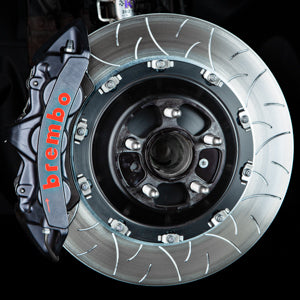
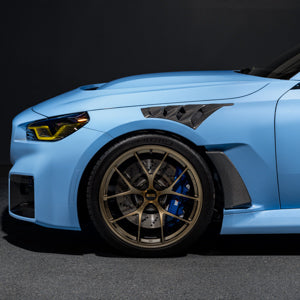

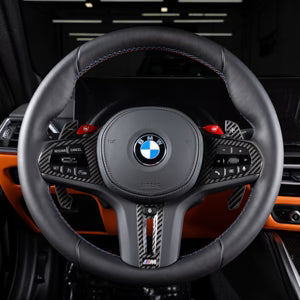
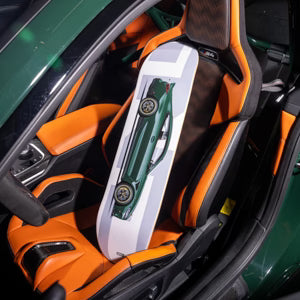
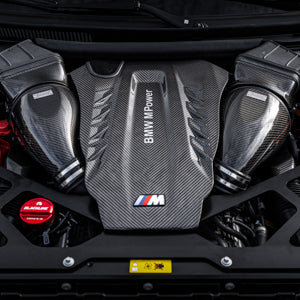
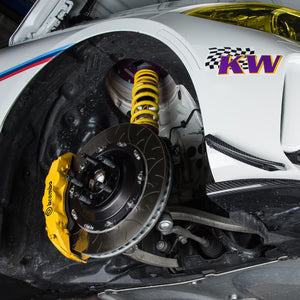
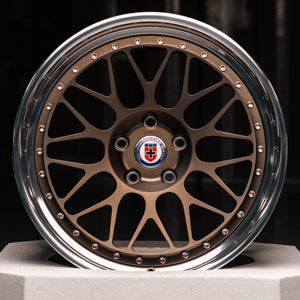

Hello my name is Rene morales jr I’m thinking of buying bss rims for my 650 bmw.what ur opinion on that’s on ht e look